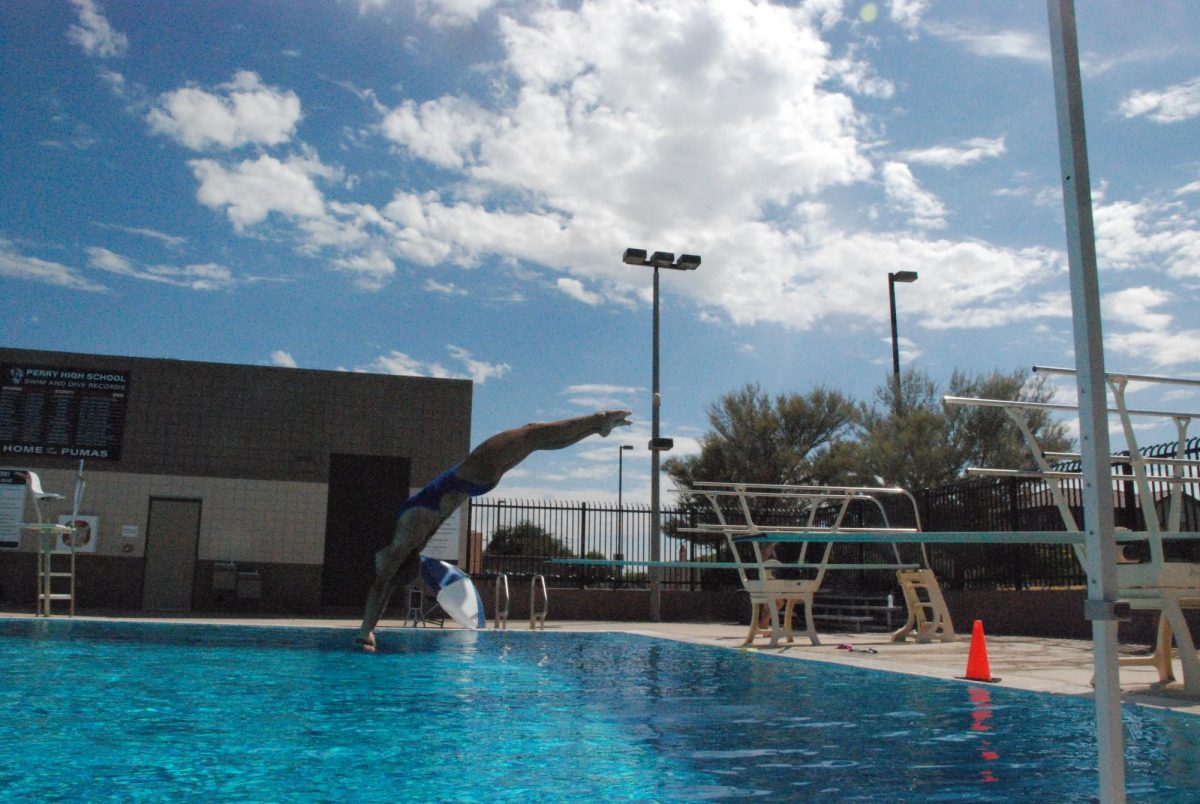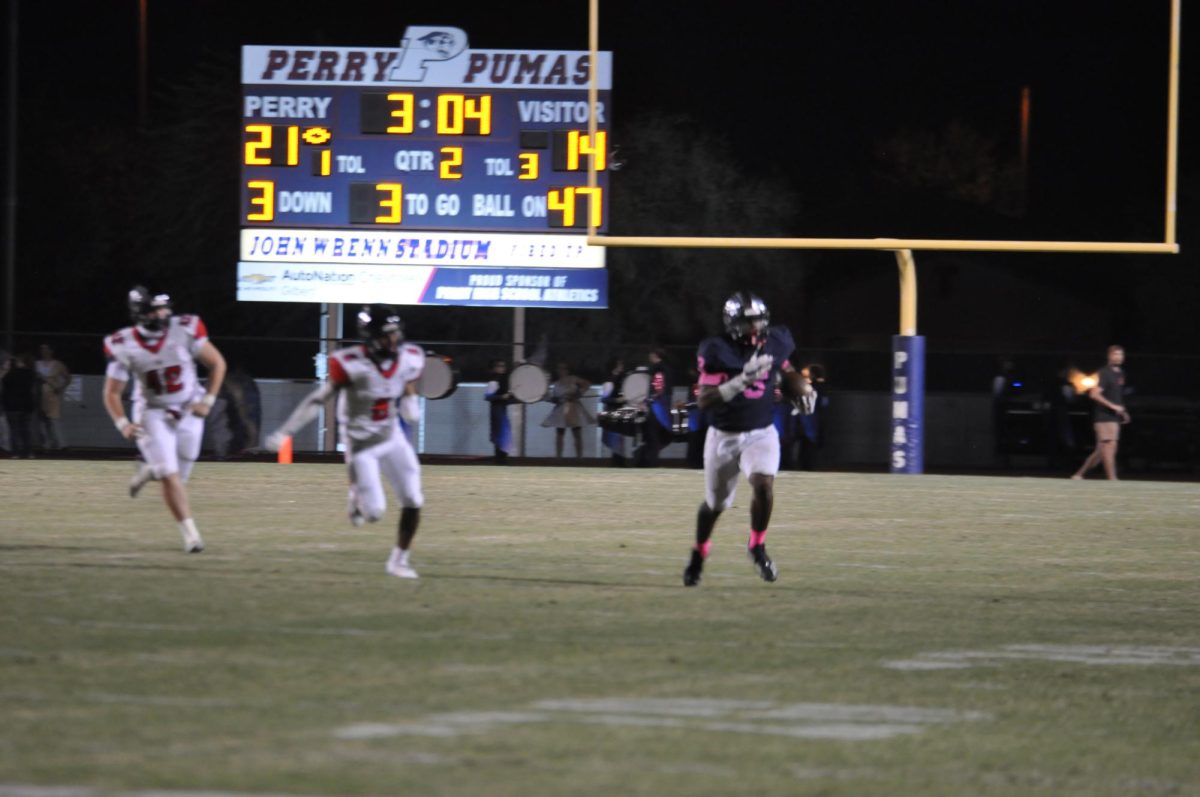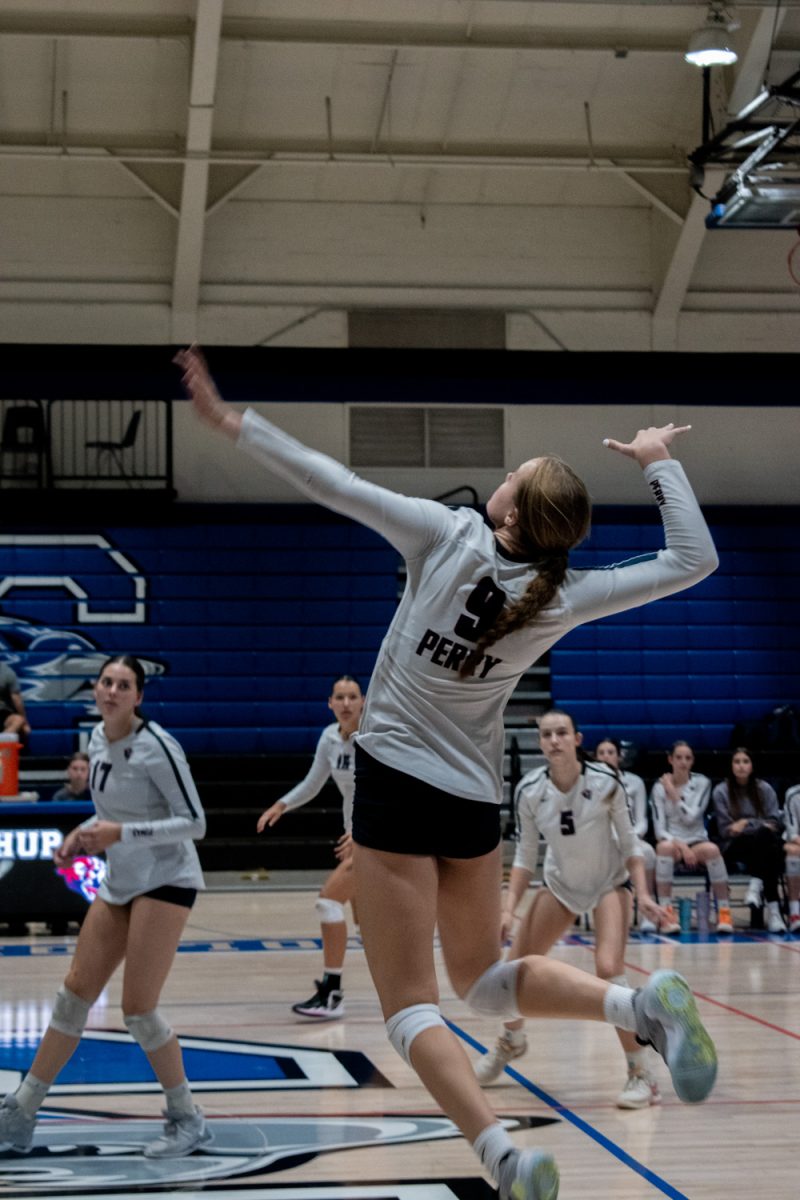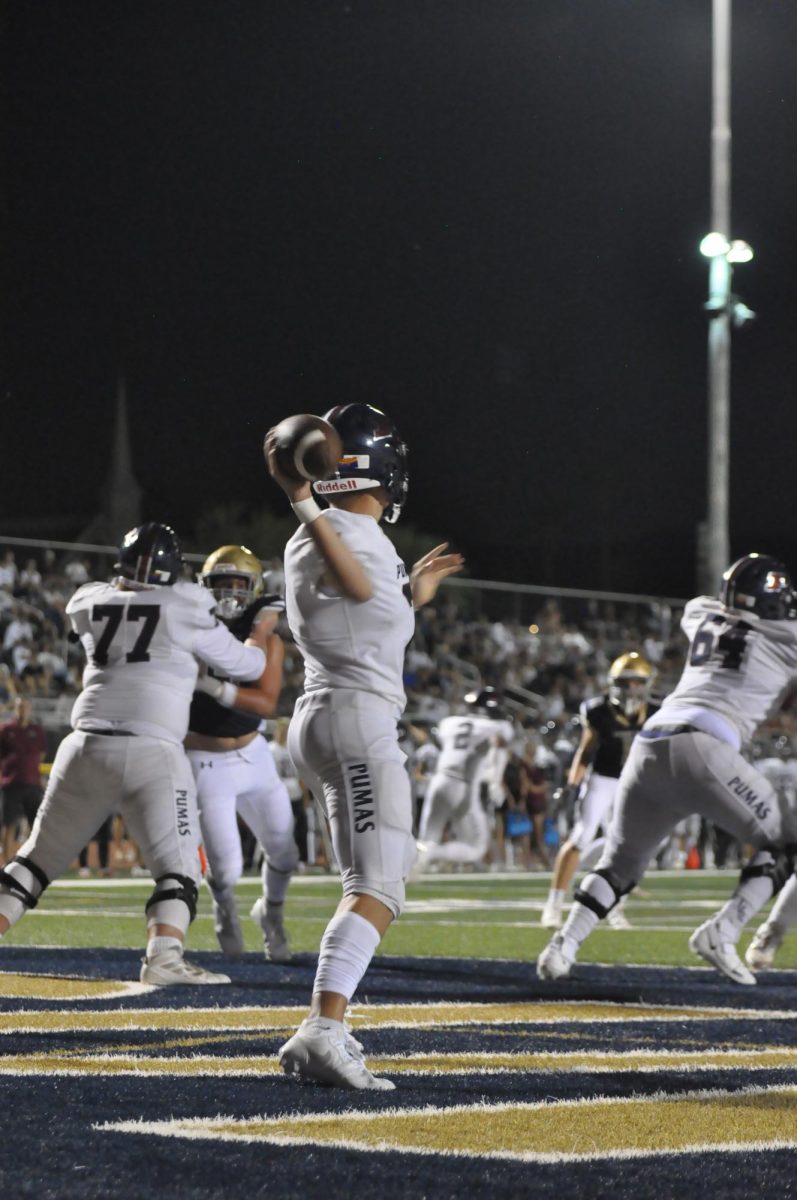She dribbles, she shoots, and she scores. Carli Lloyd puts in the final goal to give the United States a gold medal victory over Japan at the 2012 Summer Olympics. The win was a major triumph for the U.S. Women’s Soccer Team – but possibly an even greater one for Title IX.
This law has been changing the landscape of athletics in the United States since it was implemented by Pres. Richard Nixon on June 23, 1972.
The law states, “no person in the United States shall, on the basis of sex, be excluded from participation in, be denied the benefits of, or be subjected to discrimination under any education program or activity receiving federal financial assistance.”
Fourty years ago, women were not given the same rights and privileges that men were in and out of the classroom. Most schools did not offer (or were even not allowed to offer) sports for females.
For those that did, 1-in-27 females played high school sports and the main sports they competed in were square-dancing and cheerleading.
Scholarships were rarely offered to women and the few who did get them, only gained two percent of overall athletic budgets. However, over the past 40 years, women have been gaining a foothold in athletics.
The number of female athletes participating in high school sports has risen from 294,000 in 1972 to 3,173,549 in 2011. Women finally began to receive the same rights as in sports.
“Title IX was created to make sure women had equitable access to athletics and all that goes along with it,” PHS athletic director Jennifer Burks said.
Women’s sports are being recognized amongst the community and the world as being equal to men’s sports. Girls now have opportunities that they were not available to them in the past, allowing for a drastic change in their lives. Many women have taken advantage of these opportunities extremely well.
A Golden Opportunity
Advancements in female athletics can be seen everywhere. In the 2012 Summer Olympics in London, the American women dominated the competition, earning 58 medals compared to the 45 won by the men.
The U.S. women’s basketball, soccer, gymnastics, beach volleyball, and water polo teams all took home gold, not to mention helped set television records as the most watched televised events in history, according to The Huffington Post.
Effects of Title IX
Not only can the effects of Title IX be seen in athletics, but also in the everyday lives of student athletes.
Sports discourage living an alternative lifestyle that is not always positive for young generations. In order to be allowed to compete in a high school sport, athletes must be eligible, which results in student athletes working hard academically alongside the physicality aspect.
“[Without sports] I would probably be a really bad student, the slacker in the back of the class, not caring,” senior Sam DeMarco, a goalkeeper on the soccer team, stated.
With her lifetime idol being the U.S. goalkeeper Hope Solo, she models herself after her.
“Hope Solo has been my idol since before she became the star she is today,” DeMarco said. “She has indirectly shown me how to pursue my dreams and to strengthen my fortitude throughout my life.’”
Having young dreams and aspirations to make it big and shine in a similar spotlight as her idol, DeMarco gives credit to Title IX and its predecessors for making all the hard work worth it and allowing women to also prove their worth in today’s society.
Due to the athletic opportunities girls are receiving, they have a reason to stay in school and excel in their everyday lives. Not only does Title IX encourage and permit females of all ages to participate in the sport of their choosing, it entitles them to a freedom that they weren’t given the liberty of before.












